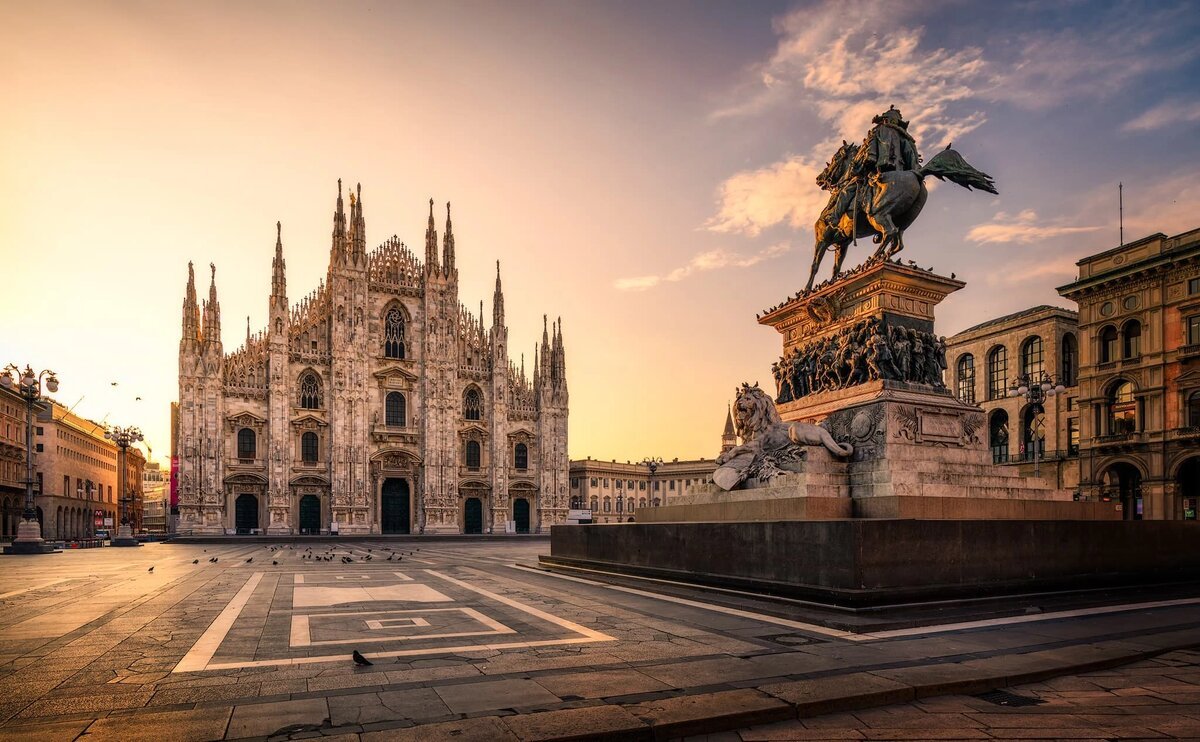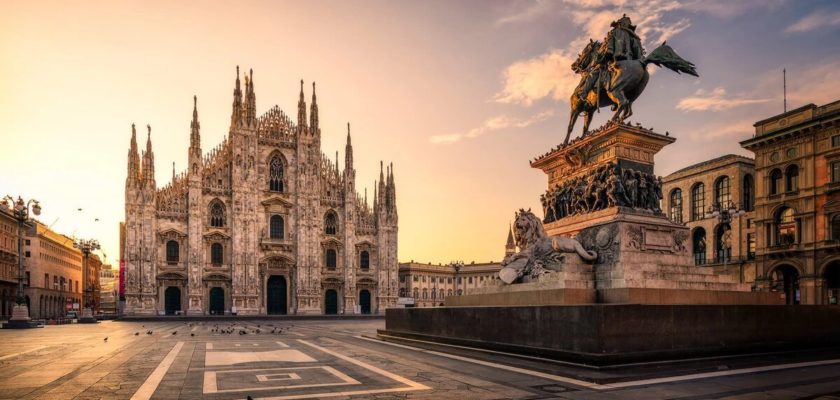In this article, we’re about to unravel 15 intriguing Milan facts that go beyond runways and Renaissance art. From secret canals to designer duels, get ready for a delightful journey through the chic and charming side of Italy’s fashion-forward city!
An intriguing facet of Milan is its symbol, the biscione, a creature that looks like a snake indulging in a rather unconventional snack: a human. This quirky symbol traces its roots back to House Visconti, Milan’s rulers during the Middle Ages. Somehow, over time, this culinary snake became synonymous with the city itself.
Leonardo da Vinci was also the mastermind behind Milan’s canals. Those picturesque waterways weren’t just for romantic gondola rides; they were integral to the city’s defense and transportation.
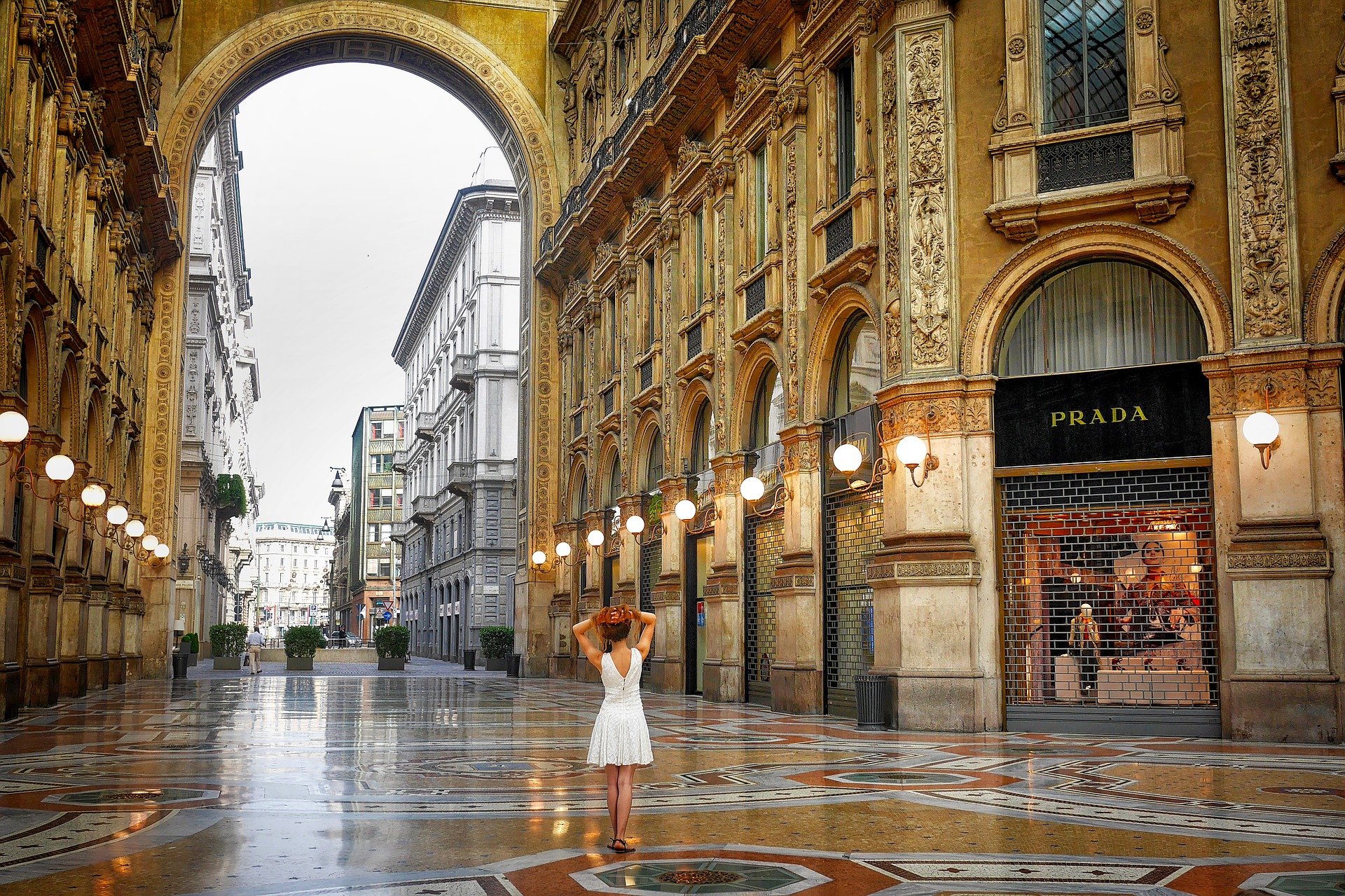
Milan bans models under 16 and those with a body mass index of less than 18.5 from Milan’s shows.
Interestingly, in front of the Stock Market in Milan, there’s an 11-meter marble statue of a middle finger.
If you’re in Milan and seeking a quirky shortcut to good luck, head to Galleria Vittorio Emanuele II. Right there on the floor lies a mosaic featuring Turin’s coat of arms, complete with a bull figure. According to local lore, if you muster the courage to spin three times on the bull’s testicles using your heel, you’re in for a year of good fortune.
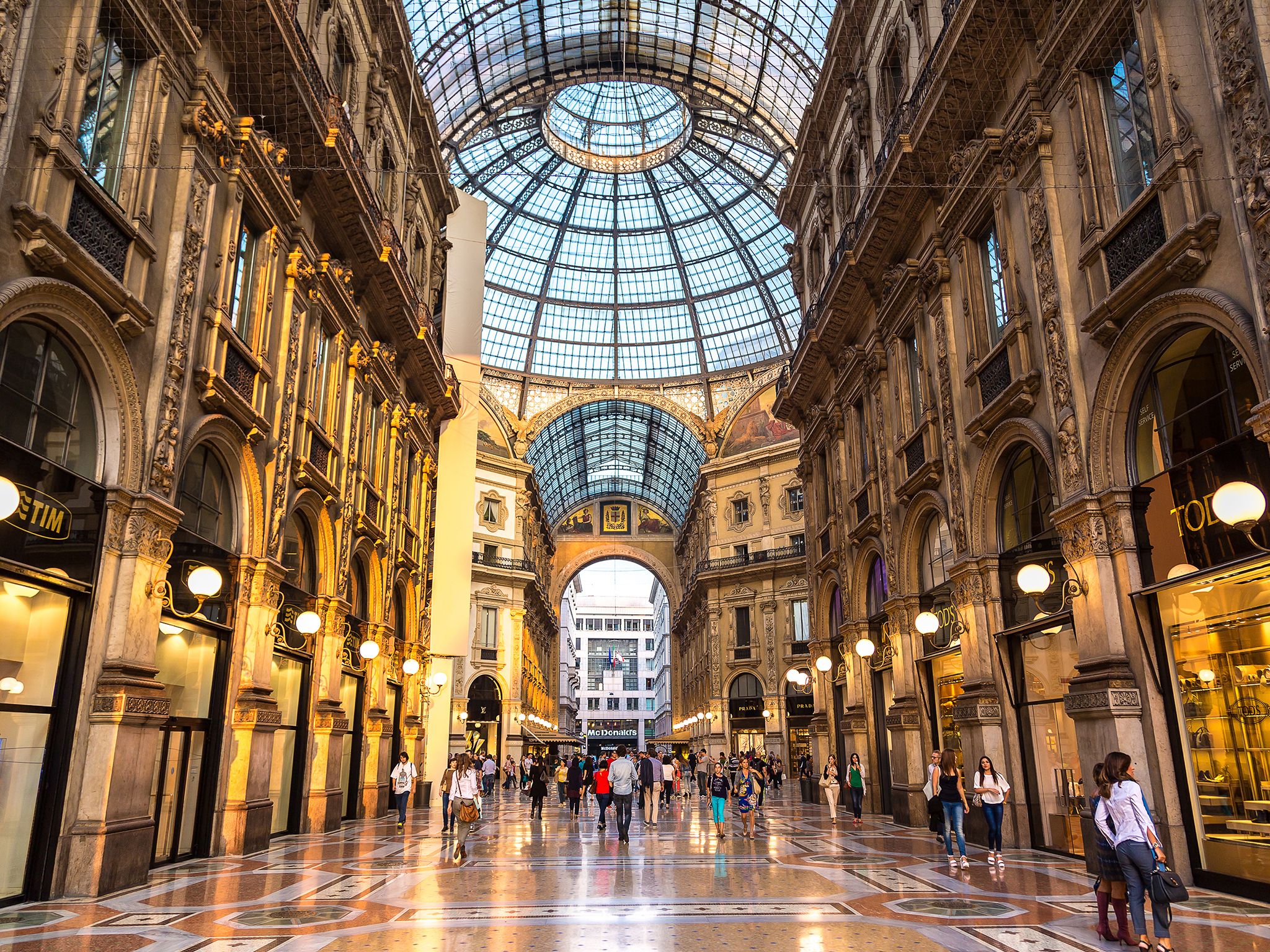
Milan, with a population surpassing 3 million, proudly claims the title of Italy’s second-largest city, just bowing down to the almighty Rome.
The city is a treasure trove of Leonardo da Vinci’s works, housing the largest-collection of the renowned artist’s creations.
Milan is not just a city; it’s a runway waiting to happen! Since 1958, Milan has been a biannual host of Fashion Week, standing alongside Paris, New York, and London as part of the renowned “Big Four” in the fashion industry.
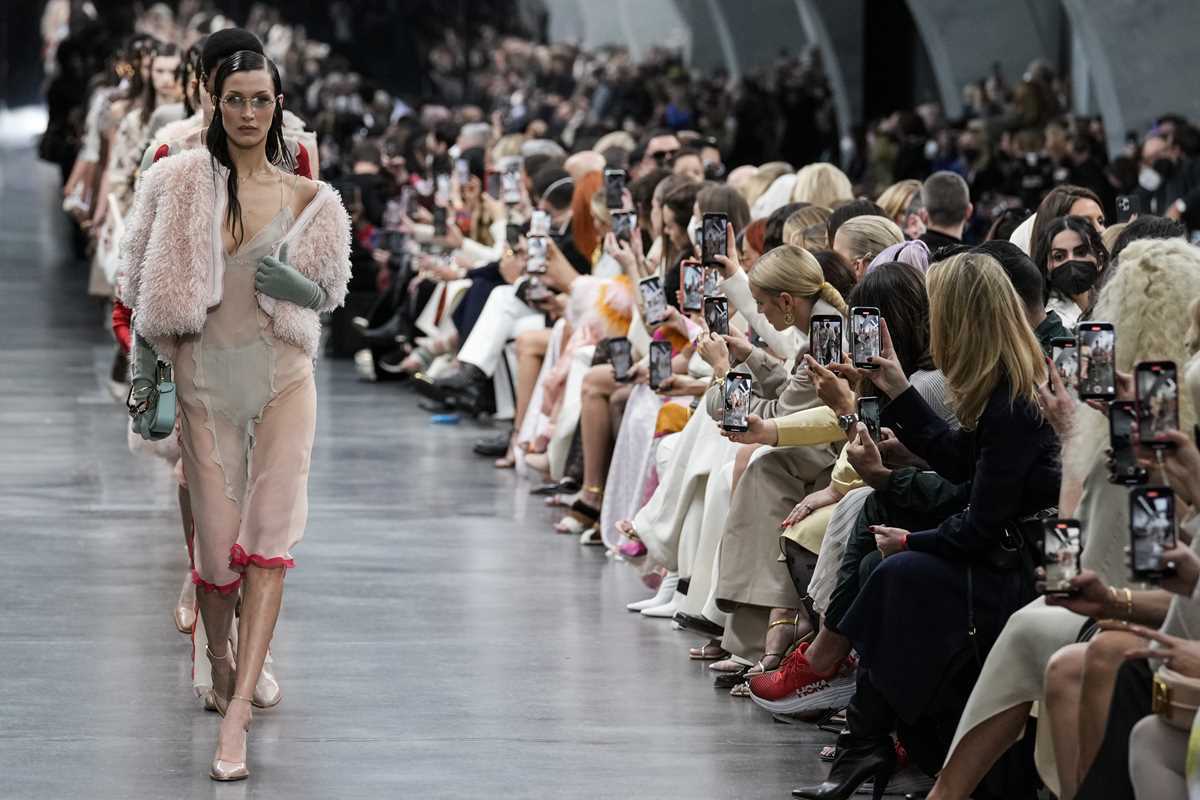
Milan’s tram network isn’t just advanced; it’s the overachiever of European trams. With a whopping 17 tram lines sprawling over 181 km, Milan boasts the sixth-largest tram network globally, giving other cities a run for their tracks!
The origin of the phrase “Do as the Romans Do” can be traced back to Saint Augustine, who discovered disparities in fasting practices between Rome and Milan.
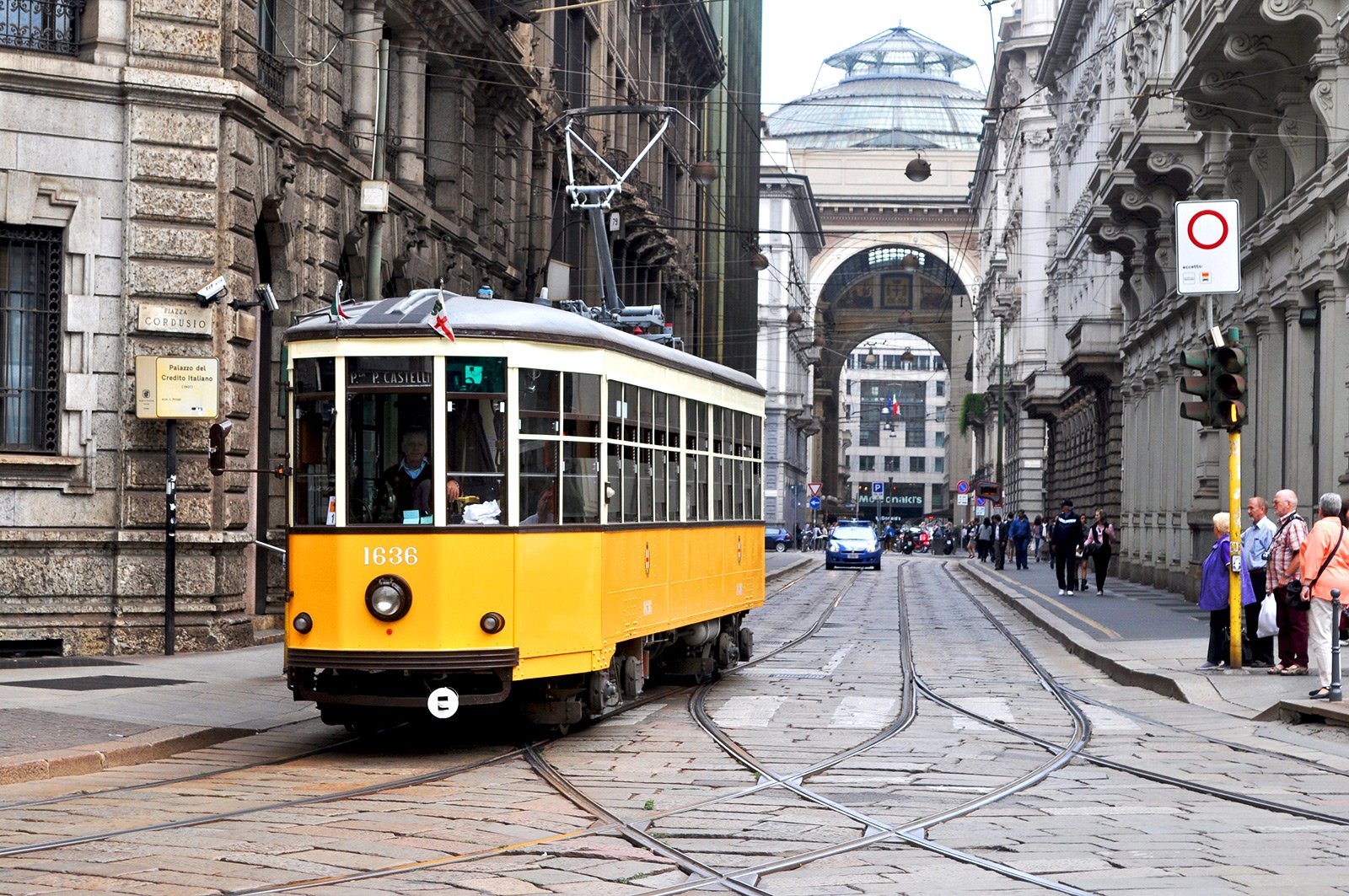
And if you thought skyscrapers were just concrete giants, meet the Vertical Forest. Covered in lush greenery, it snagged the 2014 International Highrise Award for being the most beautiful skyscraper globally.
Pink flamingoes might not be the first thing that comes to mind when thinking of Milan, but the exclusive garden of Villa Invernizzi hosts a dozen of these elegant creatures. Unfortunately, the garden is off-limits to the public.

Giuseppe Verdi, the celebrated 19th-century composer known for operas like Aida, Rigoletto, and La Traviata, faced an initial setback in Milan. The Milan Conservatory rejected him in his early career, deeming him “musically inept.” Ironically, today, multiple Italian conservatories and theaters bear Verdi’s name.
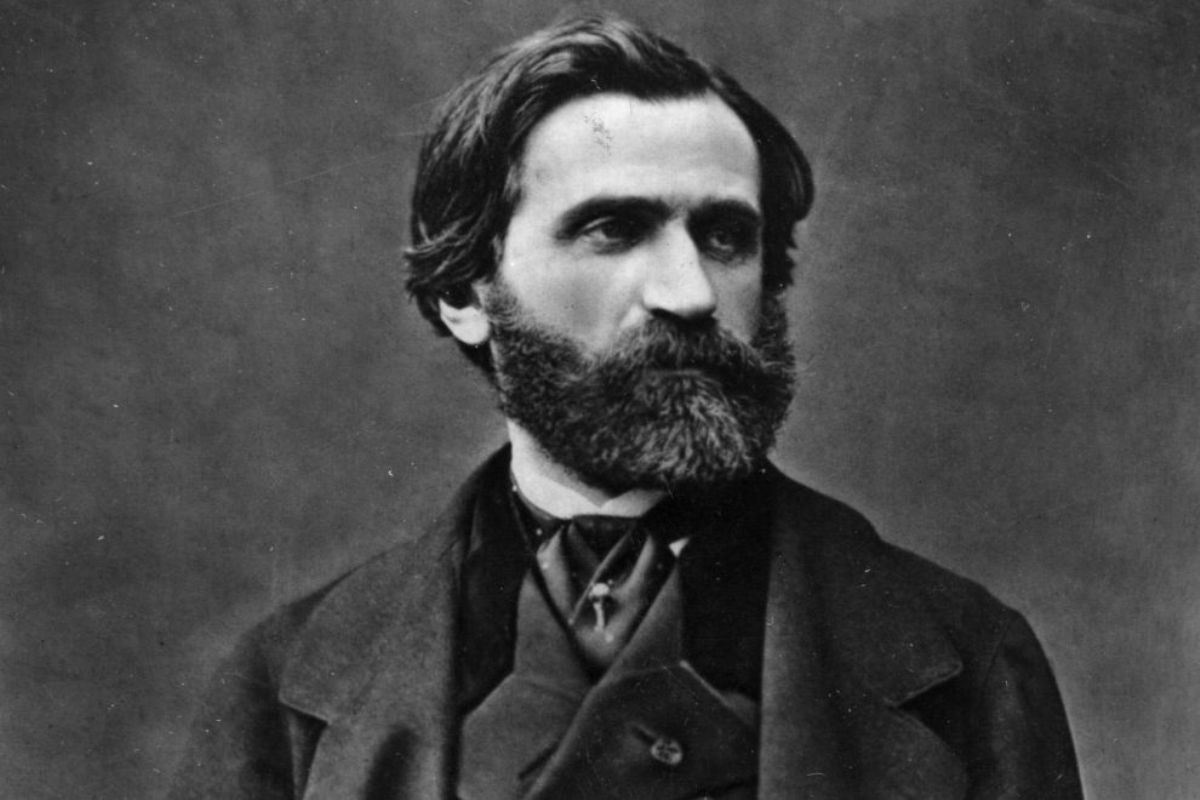
In addition to that, All cities in Big Four had disgusting things called Human Zoos, which displayed people, during the 19th and 20th centuries.
Milan served as the capital of Napoleon’s Kingdom of Italy from 1805 to 1814. After being crowned King of Italy in 1805, Napoleon Bonaparte chose Milan as the capital.
